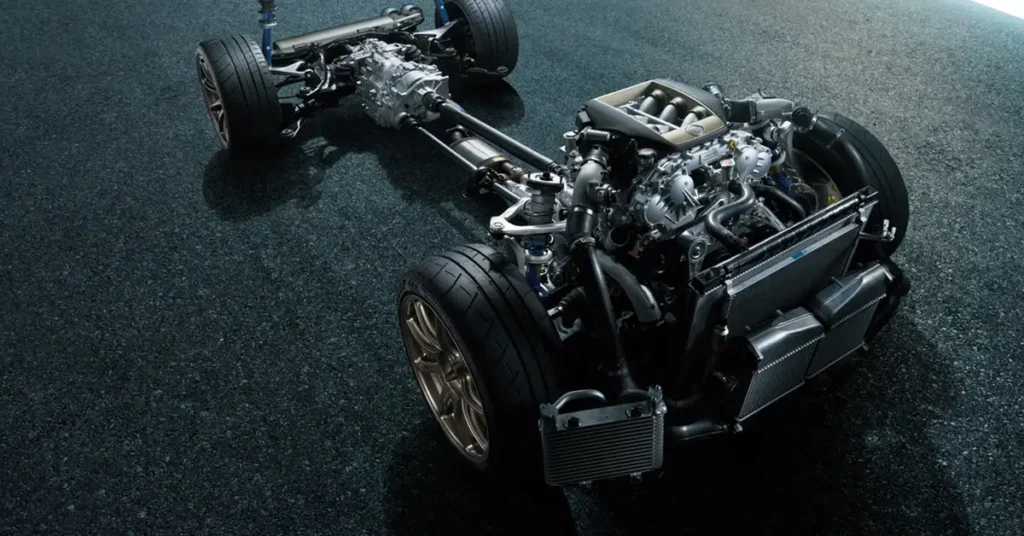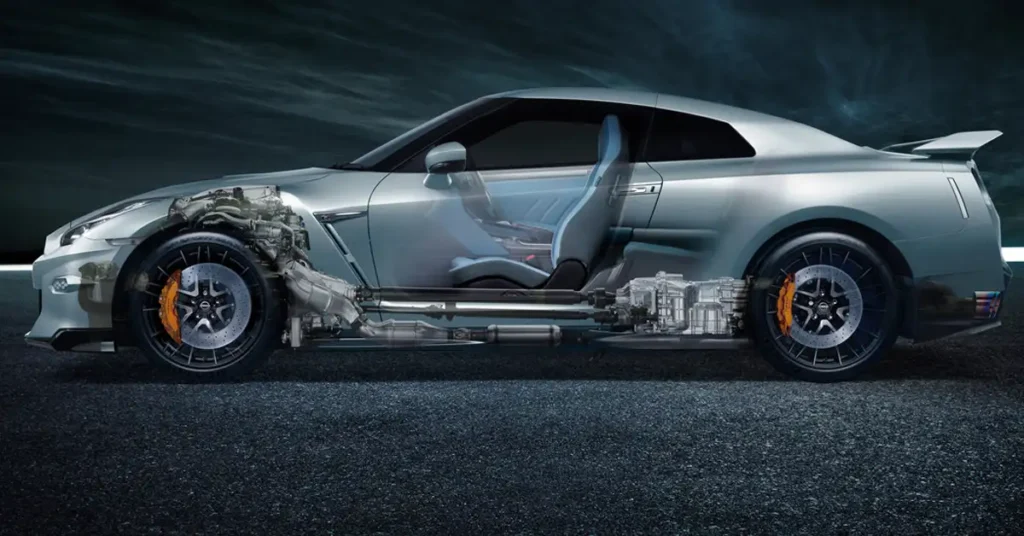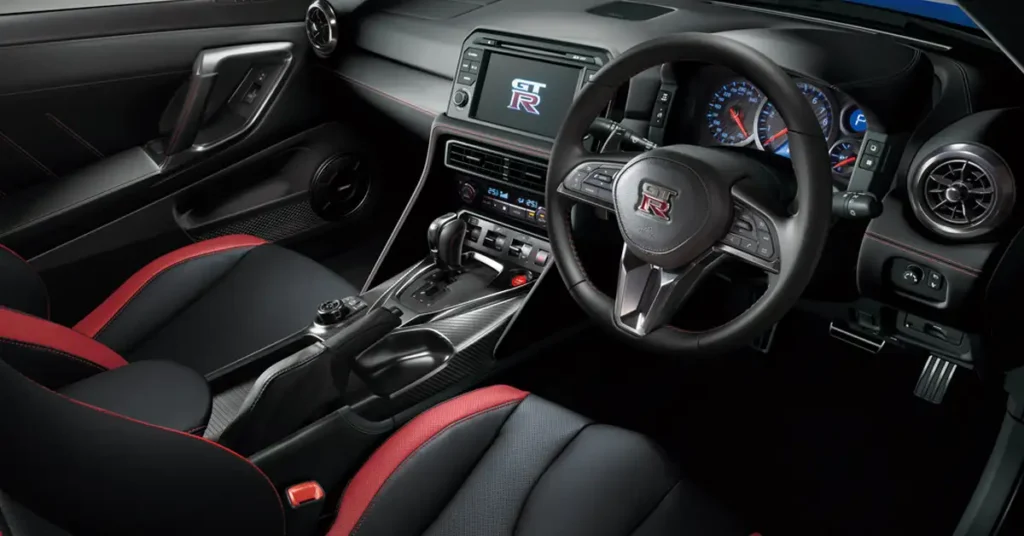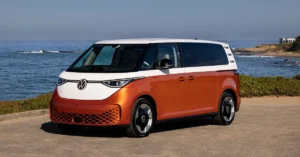(Image Source: Global Nissan news)
Imagine a supercar that’s been refined for nearly two decades, each model year honing its craft without losing its raw, mechanical soul. That’s the 2025 Nissan GT-R the last of the R35 lineage and a fitting finale to one of the world’s most iconic performance cars. Nicknamed Godzilla for its unstoppable capability, this final evolution preserves everything enthusiasts love while adding subtle precision upgrades that make it sharper, smoother, and even more collectible.
What This Review Covers
Here’s what we’ll explore today:
- What makes the 2025 GT-R stand out as the last R35 model
- Key performance specs and real-world driving impressions
- Updates to design, aerodynamics, and interior refinement
- What owners should watch out for
- How it compares to its closest rivals
Performance & Key Technical Data Sheet

(Image Source: Global Nissan news)
At its core, the 2025 GT-R still uses the legendary 3.8-litre twin-turbocharged V6 (VR38DETT) hand-built by Nissan’s Takumi master engineers. In standard trims it produces around 565 hp and 467 lb-ft (≈ 633 Nm) of torque, while the NISMO version takes that figure closer to 600 hp. The six-speed dual-clutch gearbox remains brutally quick, directing power through Nissan’s advanced all-wheel-drive system.
Despite being a familiar setup, the 2025 GT-R receives noteworthy internal improvements. Weight-balanced piston rings, connecting rods, and crankshafts previously reserved for the NISMO now feature in the Premium T-Spec and Track Edition models. The result is smoother delivery, improved reliability at high RPM, and that unmistakable twin-turbo surge.
Key Technical Data Sheet – 2025 Nissan GT-R
| Spec | Value |
| Engine | 3.8 L twin-turbo V6 (VR38DETT) |
| Power (Standard) | ~565 hp |
| Torque (Standard) | ~467 lb-ft (≈ 633 Nm) |
| Power (NISMO trim) | ~600 hp |
| Transmission | 6-speed dual-clutch |
| Drivetrain | All-wheel drive (AWD) |
| 0–100 km/h | ~3.0–3.2 seconds |
| Special trims | Premium Edition T-Spec, Track Edition, NISMO Final Edition |
Acceleration remains ferocious roughly 3.0 seconds flat to 100 km/h in ideal conditions. But what really defines the GT-R is its consistency: relentless traction, unwavering stability, and the feeling that every component is working to keep you glued to the road.

(Image Source: Global Nissan news)
The 2025 GT-R might not reinvent its shape, but the refinement is surgical. Every vent, crease, and contour serves purpose. The nose now integrates a re-sculpted front splitter and refined grille pattern, designed to improve cooling without disturbing airflow. The rear spoiler generates greater downforce, and the side sills channel air more efficiently, trimming drag.
The silhouette remains unmistakable a wide stance, flared arches, and that menacing rear end with its signature quad round taillights. But subtle design cues distinguish the final editions:
- Gold Takumi engine plaques signifying hand-assembly pride
- Exclusive Blue Heaven interior on Premium Edition T-Spec
- Special “R” badging with unique numbering on select models
It’s not just evolution it’s homage. And for collectors, the 2025 GT-R’s status as likely the final R35 instantly boosts its desirability.
Interior, Tech & Everyday Usability

(Image Source: Global Nissan news)
Inside, the GT-R remains a driver-first machine. There’s a beautiful blend of analog and digital physical buttons for core functions, a tactile steering wheel, and a performance telemetry display derived from motorsport software.
Infotainment now includes full smartphone integration, navigation, and premium Bose audio. The cabin uses finer materials than before: semi-aniline leather, carbon fibre accents, and contrast stitching that makes even a brutal car feel luxurious.
Despite being a supercar, it’s surprisingly liveable. The 2+2 seating layout and decent boot space make it one of the few high-performance cars that you can genuinely use daily.
How It Compares to Rivals
| Model | Powertrain | 0–100 km/h | Strengths | Weaknesses |
| 2025 Nissan GT-R | 3.8 L twin-turbo V6 AWD | ~3.0 s | Legendary AWD grip, accessible performance, heritage | Aging platform, costly maintenance |
| Porsche 911 Turbo (992) | 3.8 L twin-turbo flat-6 AWD | ~2.7 s | Ultimate balance, refinement, prestige | Higher price, less raw character |
| Acura NSX Type S | 3.5 L twin-turbo V6 + hybrid AWD | ~2.9 s | Hybrid torque boost, exotic appeal | Complexity, limited-service network |
The GT-R might not out-tech the Porsche or out-style the NSX, but it blends ferocity with familiarity a car you can trust to deliver every single time without needing perfect roads or track conditions.
FAQs
Q: Does the GT-R need special maintenance compared to regular sports cars?
A: Yes. The GT-R’s twin-turbo V6 and all-wheel-drive system are precision-built. Regular oil changes using high-grade synthetic oil, transmission fluid checks, and brake fluid flushes every 10,000–15,000 km are crucial. It’s not a “set and forget” car it rewards careful upkeep.
Q: Can you daily-drive the GT-R without worrying about reliability?
A: Definitely, as long as you respect its maintenance schedule. Many owners use it daily without major issues. It’s built solidly, but the suspension is firm and the fuel consumption is high so it’s better suited to enthusiasts who don’t mind the trade-offs for performance.
Q: Is it worth tuning or remapping a 2025 GT-R?
A: Only with professional help. The VR38 engine has a lot of potential, but cheap tuning can ruin it. A custom ECU remap by a certified GT-R tuner can safely unlock an extra 60–100 hp while improving throttle response. Always pair performance mods with upgraded cooling and brakes.
Q: Does the GT-R hold its resale value?
A: Surprisingly well. Because Nissan is ending the R35 line, collector demand is rising. Limited editions like the T-Spec or NISMO Final Edition are already appreciating among enthusiasts.
Final Thoughts
The 2025 Nissan GT-R isn’t about chasing trends it’s about perfecting a formula. This final R35 generation is an ode to mechanical precision, Japanese craftsmanship, and raw power. It may not have hybrid assistance or adaptive AI, but it doesn’t need them. What you get is a brutally capable, deeply engaging machine that still delivers supercar thrills for those who dare to drive it hard.
For collectors, it’s the end of an era. For enthusiasts, it’s a reminder that muscle and mastery can still coexist in a world moving rapidly toward electrification. If you’ve ever wanted to own a true legend, this is the GT-R to remember.
MotorHub UAE: Keep Your GT-R Running Strong
Performance cars like the Nissan GT-R need precision care especially in the Gulf’s extreme climate. At MotorHub UAE, we connect owners with certified performance specialists experienced in turbocharged engines, advanced AWD systems, and high-temperature performance tuning.
From intercooler upgrades and turbo diagnostics to brake overhauls and cooling maintenance, our network ensures your GT-R delivers its full potential safely and reliably.



